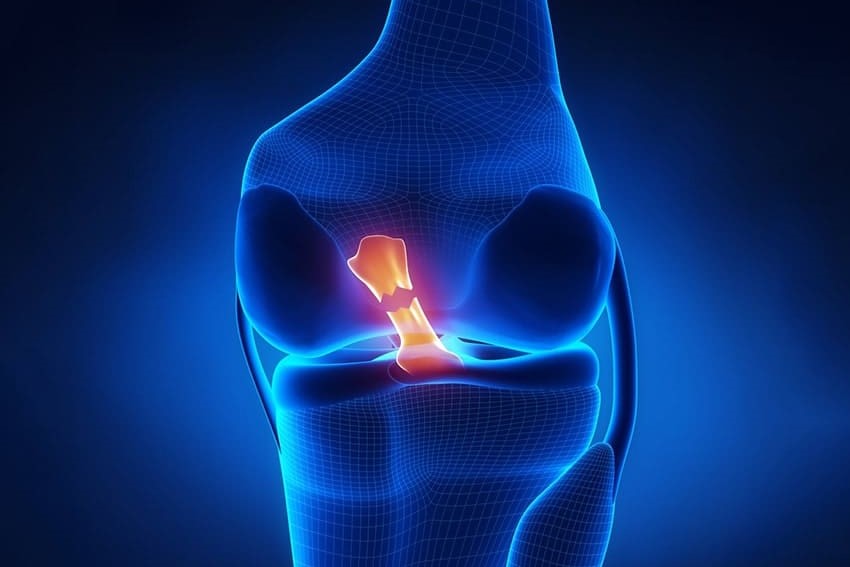
First Aid: Treatment for ACL (Anterior cruciate ligament) Tears
Anterior cruciate ligament or ACL tears are injuries that occur on the inside of the knee joint. The injury is often seen in sports that involve knee twisting or force rotation and is also common in older adults
Treatment for ACL tears requires special consideration depending on the grade of the injury (one, two, three) and the person’s age.
First aid intervention is crucial to stabilise the condition until advanced help becomes available.
What are ACL Tears?
An ACL tear is a common sports injury that affects the anterior cruciate ligament of the knee.
The injury occurs when the ACL stretches too much – it can be partial through a certain part or complete, which is torn all the way through the ACL.
A torn ACL happens most in sporting activities that include turning, cutting, and pivoting movements.
These are often present in skiing, soccer, football, basketball, and tennis, which makes these activities the main causes of ACL tears.
Many will hear or feel a “pop” in the knee when an ACL injury occurs. Immediate pain and swelling can develop at the time of injury.
The extent of swelling can be limited if the knee receives immediate care within the first several hours of the injury.
On average, women are twice likely to suffer from a torn ACL than men.
Teenagers are also getting these injuries, as more of them are involved in organised sports.
Anterior cruciate ligament or ACL tears: Signs and Symptoms
At the time of the injury, a ‘pop’ or ‘snap’ can be heard by the person, or they may feel like the knee has given up.
Aside from that, other symptoms of ACL tears include:
- Sudden, acute pain in the site of injury
- Immediate swelling (can also start four to six weeks after the injury happens)
- Loss of range of motion in the knee
- Tenderness
- Unstable knees or feeling of discomfort when walking
Treatment for ACL tears
Both surgical and non-surgical treatment options may be used to treat ACL tears.
Although surgery is sometimes necessary, not everyone who attains this injury is a candidate for that option.
First aid is an effective and non-surgical treatment for ACL tears.
Consider doing the RICE first aid method for minor knee injuries
Rest
Avoid activities that can cause knee pain, such as running or walking for long periods.
These should be avoided until symptoms are relieved.
Ice
Apply an ice pack to the site of injury to help reduce pain and swelling.
Do this several times throughout the day for 10 to 20 minutes at a time.
Compression
Manage swelling by wearing a tight, elastic bandage around the affected knee.
Elevation
Keep the knee supported above the waist level to help with the pain and swelling.
If you or others are experiencing symptoms of ACL tears after an injury, seek professional advice as soon as possible
Active individuals who play sports or those who experience knee instability that affect their daily lives may be required to do other non-surgical treatment.
These include taking non-steroidal anti-inflammatory drugs (NSAIDs) or wearing a knee brace.
For knee pain that does not go away, it is recommended to work with a physical therapist.
These professionals can help restore your knee range of motion and knee strength.
Take note that the recovery time will vary for each individual and can take anywhere from a few months to months.
Read Also:
Emergency Live Even More…Live: Download The New Free App Of Your Newspaper For IOS And Android
First Aid For Knee Pain And Injury
Wrist Fracture: How To Recognise And Treat It
Carpal Tunnel Syndrome: Diagnosis And Treatment
Knee Ligament Rupture: Symptoms And Causes
Lateral Knee Pain? Could Be Iliotibial Band Syndrome
Knee Sprains And Meniscal Injuries: How To Treat Them?
Treating Injuries: When Do I Need A Knee Brace?
Everything You Need To Know About Fibromyalgia
Knee Cartilage Damage: What It Is And How To Treat It
First Aid For Sprains: When To Use Ice Or Heat


